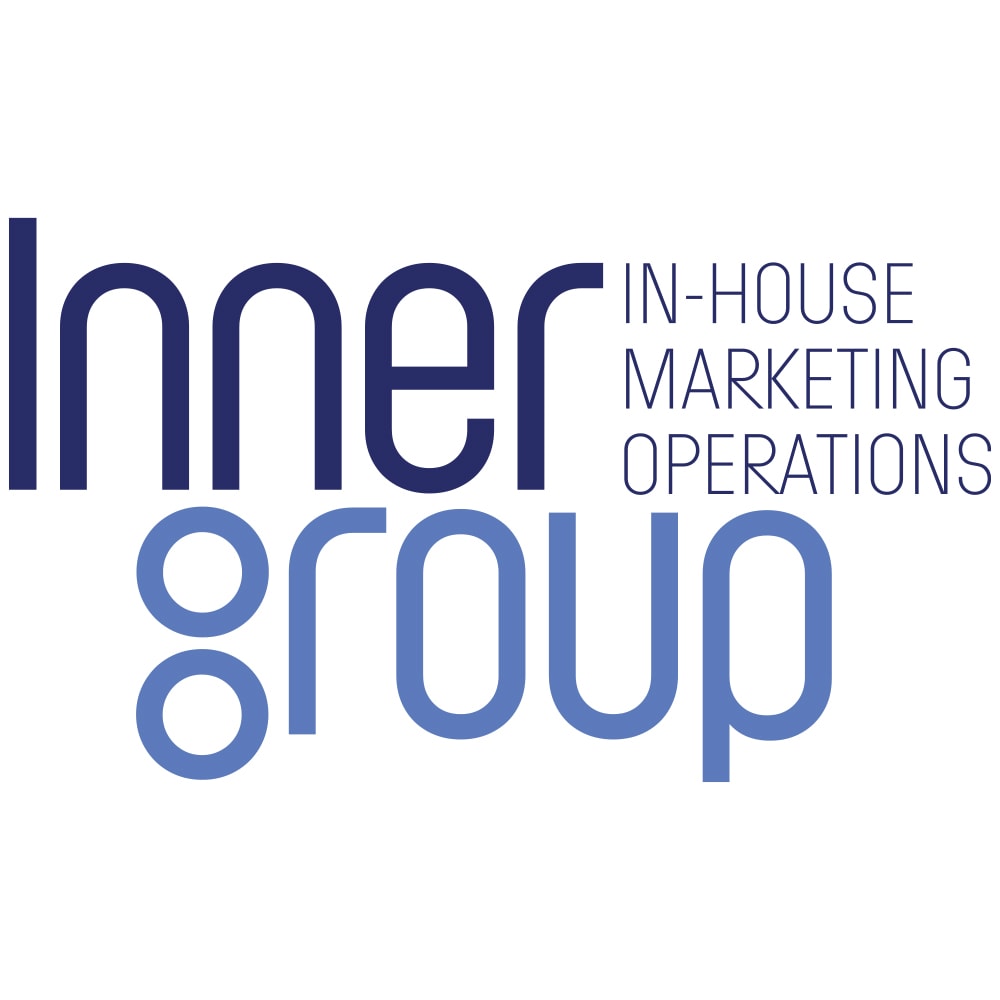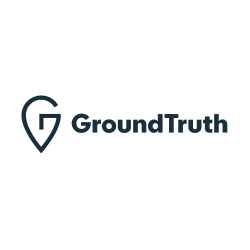Dive Brief:
- Over one-fifth (21%) of brands are considering building an in-house agency, up from 17% that reported the same in 2020, according to new survey data from the World Federation of Advertisers (WFA) and The Observatory International.
- The purview of in-house shops is primed to expand among the two-thirds of marketers that already operate such businesses. More than half (56%) of respondents plan to move more digital production in-house over the next three years, while other areas including offline work (cited by 33%), data strategy (22%) and data management and analytics (11%) are expected to experience a similar shift.
- Cost efficiency remains the largest driver of in-housing, cited by 83% of respondents, followed by increased agility (76%), easier integration (59%) and deeper brand knowledge (59%). Quality output doesn’t hurt either, as one-third of marketers report “complete satisfaction” with their in-house agencies, a significant jump from 2020.
Dive Insight:
Adoption of in-house agencies, a trend that has waxed and waned as brand marketers try to keep pace with breakneck transformation, appears to again be on the upswing. Many client-side shops are in their early days, with nearly three-quarters of those identified in the report only one to five years old. However, the level of sophistication and volume of work these units take on could expand considerably, changing industry dynamics with third-party marketing services providers. At the same time, the quality of in-house results is improving, with 86% of brands reporting overall satisfaction and 33% seeing “complete satisfaction” versus 23% that said the same just three years ago.
Seventy percent of survey respondents stated that their in-house offerings today have true strategic capabilities related to brand strategy, creative or media, a five percentage-point lift from 2020. Marketers are now pushing to deepen their in-house expertise in service areas that are lucrative for outside agencies, including data management and analytics. In-housing bets centered on number-crunching arrive as marketing chiefs are under pressure to learn the ins and outs of first-party data with cookie deprecation looming on the horizon in 2024. Media planning and buying is another target ripe for disruption.
Among the companies polled, 83% believe that more social media buying will move in-house over the next three years, a spike from 37% of brands that currently handle such transacting internally. Half of respondents were eager to take up more digital media planning and buying duties in the future as well. The WFA and The Observatory International findings were drawn from surveys of 45 multinational brand marketers representing an estimated $60 billion in annual ad spending.
Influential marketers have made a point of championing their in-housing initiatives after bemoaning cumbersome agency structures. Procter & Gamble, one of the world’s top ad spenders, claims to have saved tens of millions by taking over media planning and buying and investing in more proprietary technology for segments like its fabric care business. However, in-housing can be an expensive prospect: 7% of survey respondents pour more than $50 million into their internal agencies annually.
In-housing is also often positioned as a direct threat to outside agencies, although the two approaches often exist in tandem, with integration between internal and external resources one of the biggest challenges cited by brands this year. How brands gauge the success of in-house shops also differs from external partners that are often assessed based predominantly on their effectiveness, per the WFA and The Observatory International.
One factor that could further shake up the in-housing conversation is generative artificial intelligence. The emergent tech field promises to help marketers produce a higher volume of creative assets, including images, video and copy, with greater speed, along with assisting in more data-driven and operational functions. As these shiny objects proliferate, marketers must maintain a focus on quality lest they alienate consumers and damage their brand’s reputation.
“Given budget pressures and a desire for faster, more efficient delivery of assets at lower cost, it’s unsurprising that the growth of those developing in-house offerings continues unabated. The rationale is obvious and benefits are considerable when you get it right,” said Stuart Pocock, co-founder of The Observatory International, in a statement. “But if there is a ‘watch-out’, then it’s that, especially with content, businesses need to make sure they are not simply producing ‘stuff’ to fill expectation rather than need.”














